
If you are a beginner gardener and starting your horticultural journey, you may be confused with what gardening tools you need. Whatever your aims, whether you want to grow homegrown veggies, plant a flower border, or begin a container garden, you’ll need a few tools to help you get started.
Take a look in my garden tool shed, if you dare, and you’ll spot a good few gardening tools, but I don’t use them all the time. In fact, I have a core set of gardening tools that I use regularly to help me prune, weed and plant in my garden.
Here I recommend 7 gardening tools that all amateur gardeners should own. But don't just take my word for it, I’ve also called in gardening pros to share their insights on the benefits of investing in these gardening tools that will get you off to the best start.
1. Gardening gloves
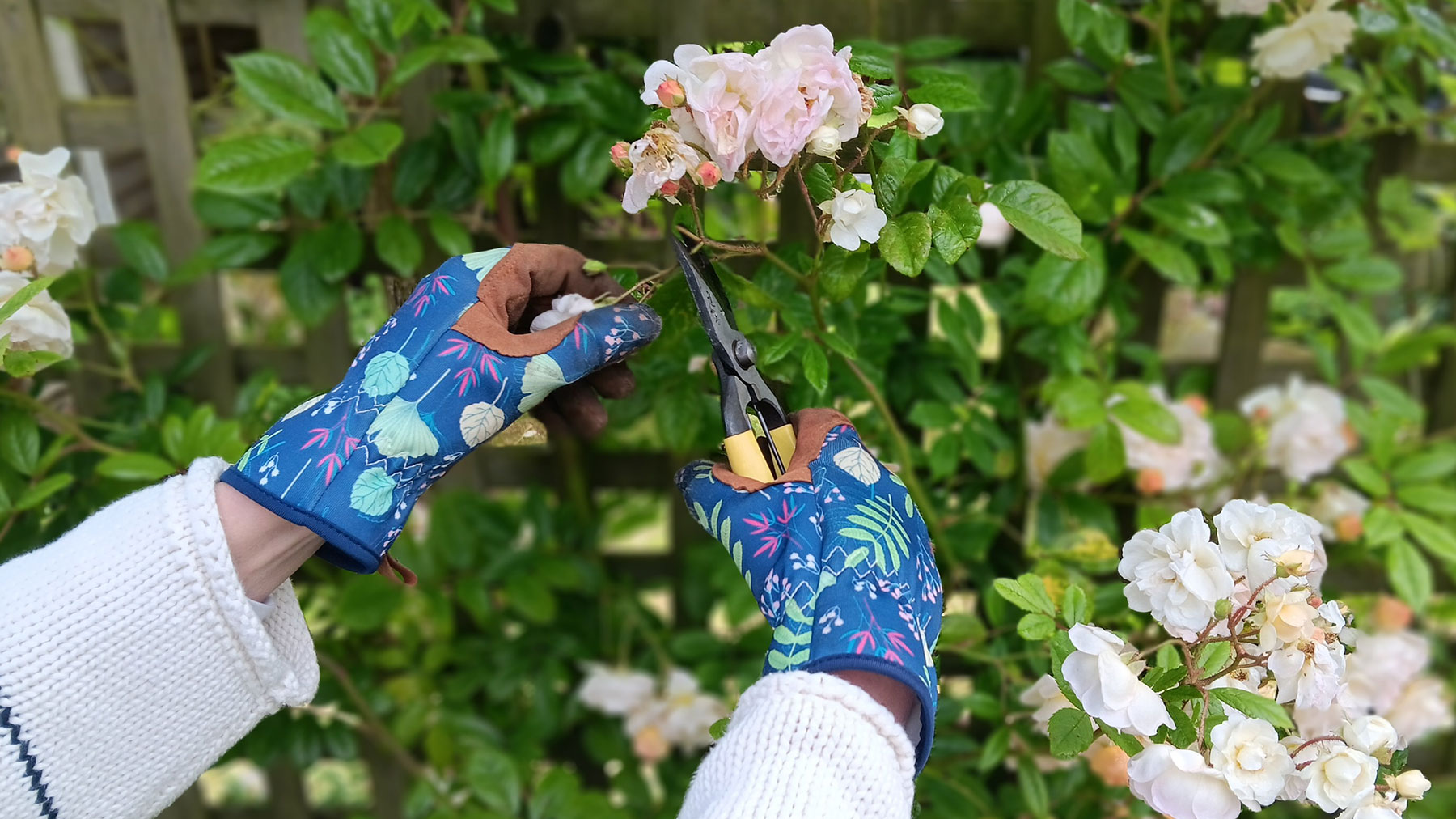
Don’t even attempt to start gardening without a pair of the best gardening gloves. Matt Moniz, landscaping expert and gardener at Maverick Landscaping, says, “Gardening gloves may not be the most glamorous tool, but they are totally necessary, especially when you’re out there tinkering with thorny plants such as roses, rough soil, and perhaps a few bugs and worms.”
When choosing a pair, he recommends a glove with breathable yet puncture-resistant fabric, and adds that nitrile-coated gloves are great for keeping your hands dry, yet provide an excellent grip.
But what about heavier work? “If you’re pulling brambles or digging, leather-palmed gloves are a nice upgrade. The last thing you want is a couple of splinters or a blister cutting your gardening session short, so think of these as your garden armor.”
Although my go-to pair of gardening gloves aren’t coated in nitrile, I’ve been using a pair of Woheer Women’s gardening gloves, $9 at Amazon, for over a year. I particularly like how they can take me from one task to the next, offering protection and dexterity at the same time.
2. Pruning shears
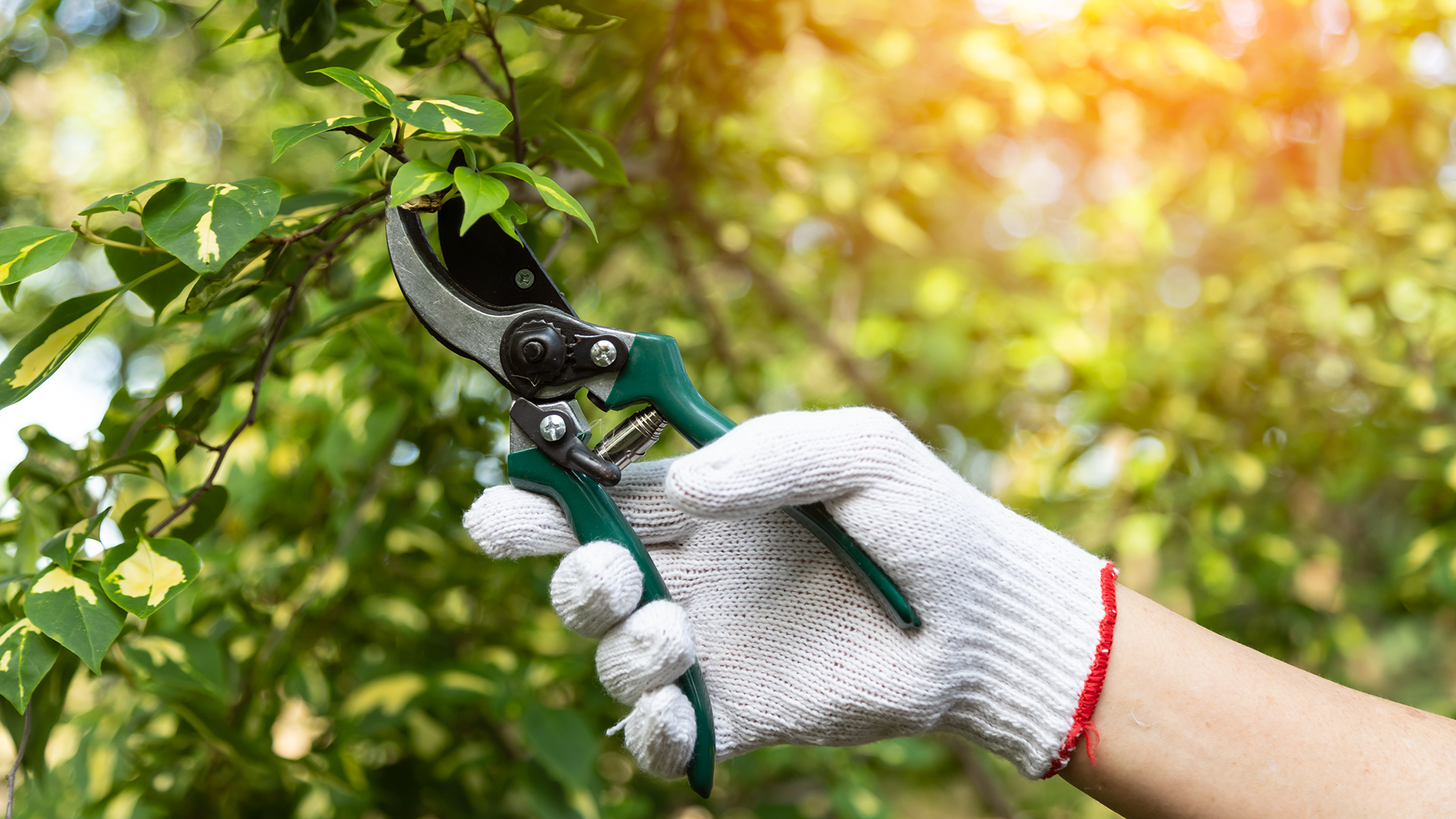
More times than not, you’ll find me in the garden holding a pair of the best pruning shears. Whether I’m deadheading, pruning back a shrub or taking a cutting. However, knowing what to choose can be confusing as there are different types of pruning shears, the main ones being bypass and anvil pruners.
For new gardeners, Moniz recommends investing in a good pair of bypass pruners, and I would give the same advice, as they great all-arounders. “The design features two curved blades that pass each other in a clean motion, ideal for live plant materials such as stems, soft branches, and flowers,” he says.
“Their precision is what makes them so important — the blades will easily go about shaping your plant, deadheading flowers to encourage blooms, or clipping herbs for your cooking without harming your plant.”
He suggests looking for bypass pruners that have a non-stick coating on the blades and a comfortable, ergonomic grip, recommending Felco and Fiskars as two top brands. “Trust me,” he says, “When you’re in the garden weekly, these sharp and easy-to-clean shears are a real time-saver.”
Kaustubh Deo, owner and CEO at Blooma Tree Experts, also recommends Felco pruning shears, particularly the Felco F2 pruners, $66 at Amazon, for cuts under 1 inch. “These are well-built to last, are trusted by professionals, and ensure you make clean cuts on your plants.”
3. Trowel
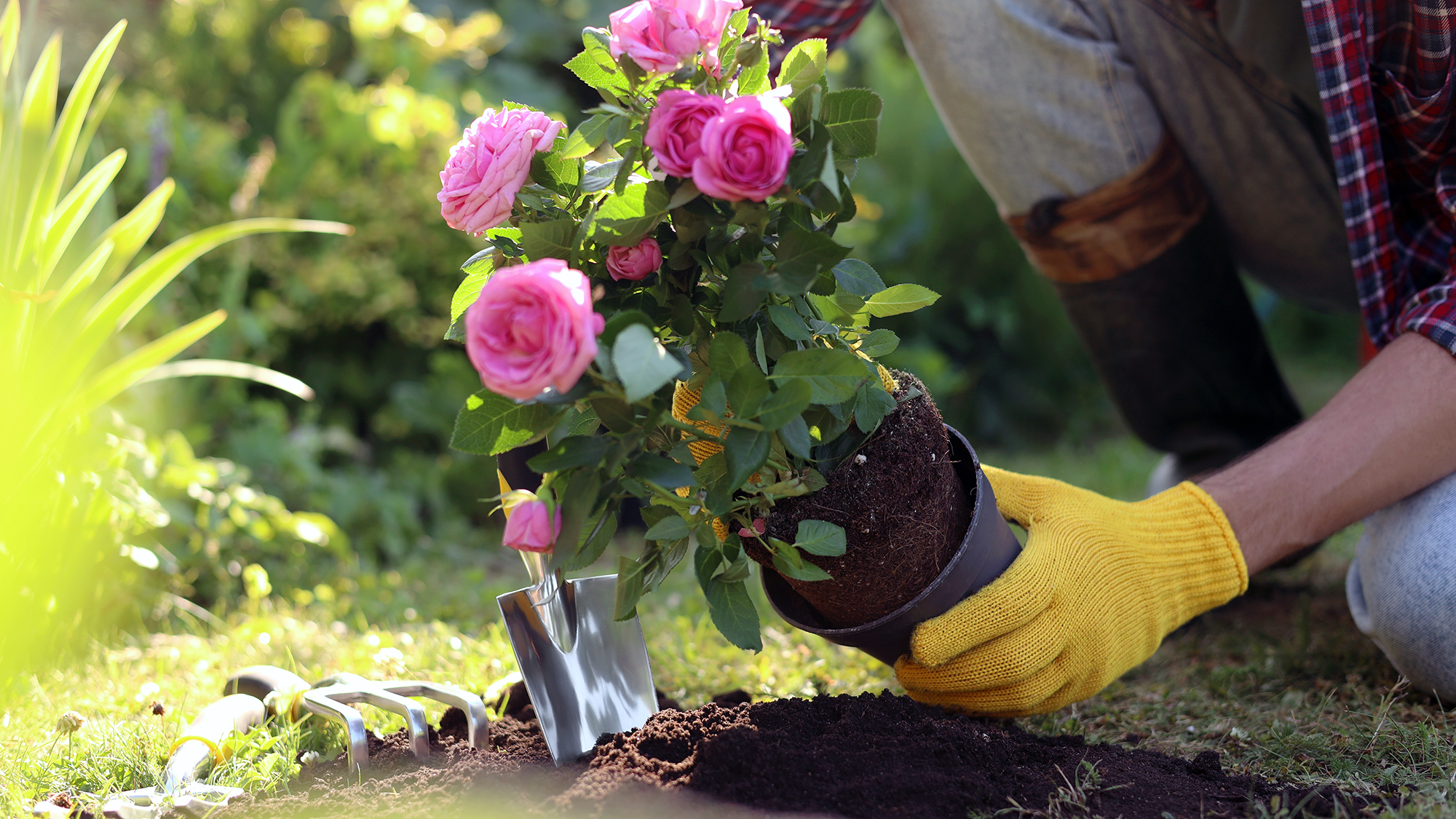
Next up is a trowel. Moniz refers to them as a “small digging buddy.” They can be used to dig holes to plant seedlings, herbs, and other small plants. I also use mine to loosen soil to pull up weeds.
When building a small garden toolkit, it can help to invest in tools that do more than one thing, as this will save you from buying more than you need to get started. When buying a garden trowel, Moniz recommends looking for one with measurement markings on the blade, as they can help you determine the depth you’ve dug. So, when you’re planting bulbs, you can tell when you’ve reached the correct depth.
To help extend the lifetime of your garden trowel, it’s also advisable to look for one with a rust-resistant blade, as you won’t need to spend time removing rust. While, Nastasia Borisevich, plant expert at Plantum, says, “Get one that has a sturdy connection between the blade and handle and allows for a comfortable grip.”
Top tip
Look for brightly colored handles on tools — it’s surprisingly easy to lose ‘natural’ colored garden tools in your flower beds, as they become camouflaged.
4. Weeder
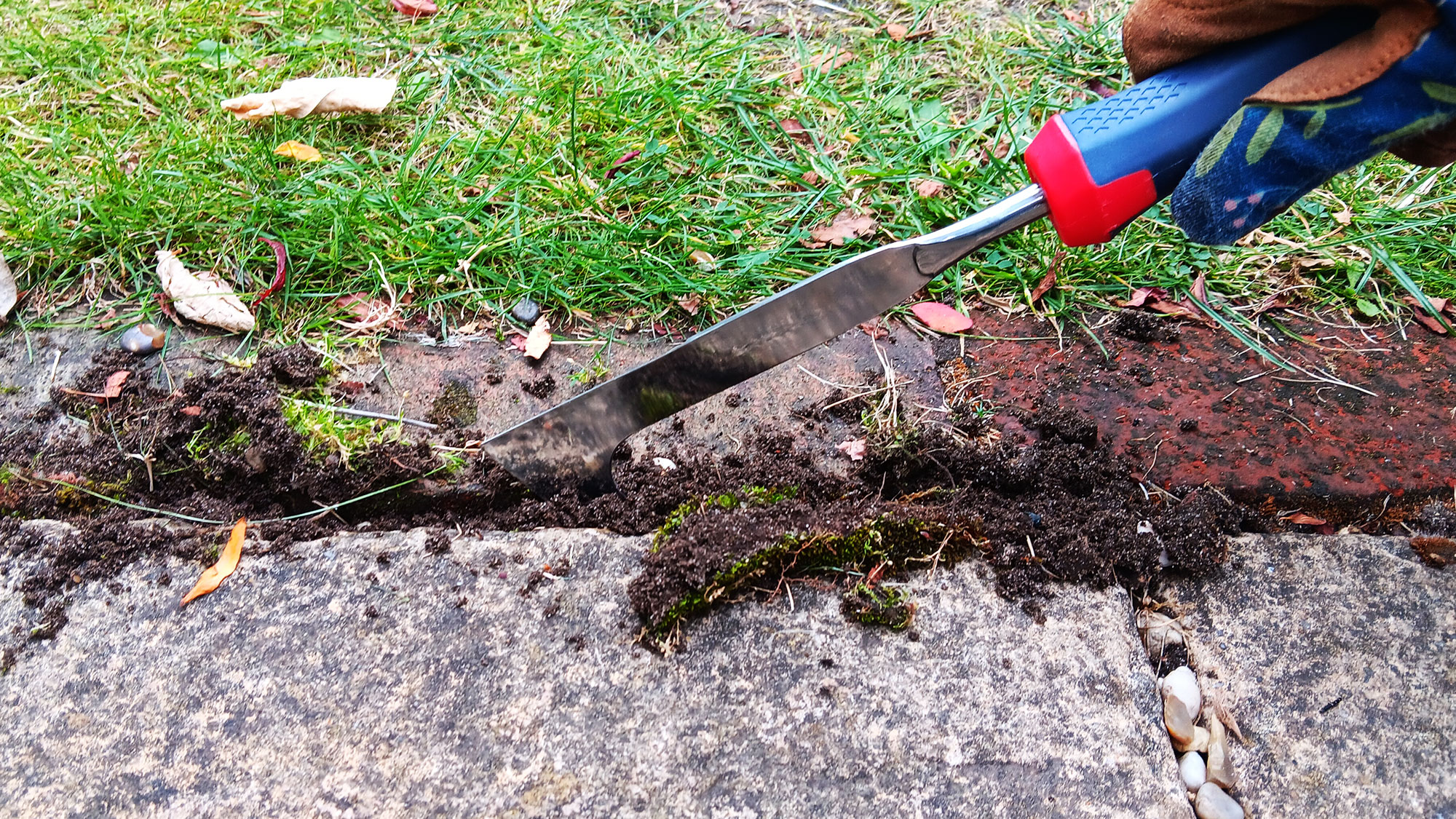
You really can’t avoid weeds in a garden, whether they are in your beds, caught between pathing on your patio, or standing proudly in your lawn. Removing them by hand isn’t as effective as using a tool — sometimes, it’s too tricky to pull out the complete root.
There are lots of weeders to choose from, from those designed to remove deep-rooted dandelions, to others geared at clearing weeds from pathways. I know I wouldn’t be without my Spear & Jackson Mini Patio Knife, $20 at Amazon, which is ideal for removing unwanted weeds between patio slabs.
Moniz recommends the CobraHead Weeder and Cultivator, $34 at Amazon to removing weeds from soil: “It penetrates deep into the soil to entirely remove roots, thus preventing regrowth and sparing your knees and back the misery down the road.”
5. Watering can
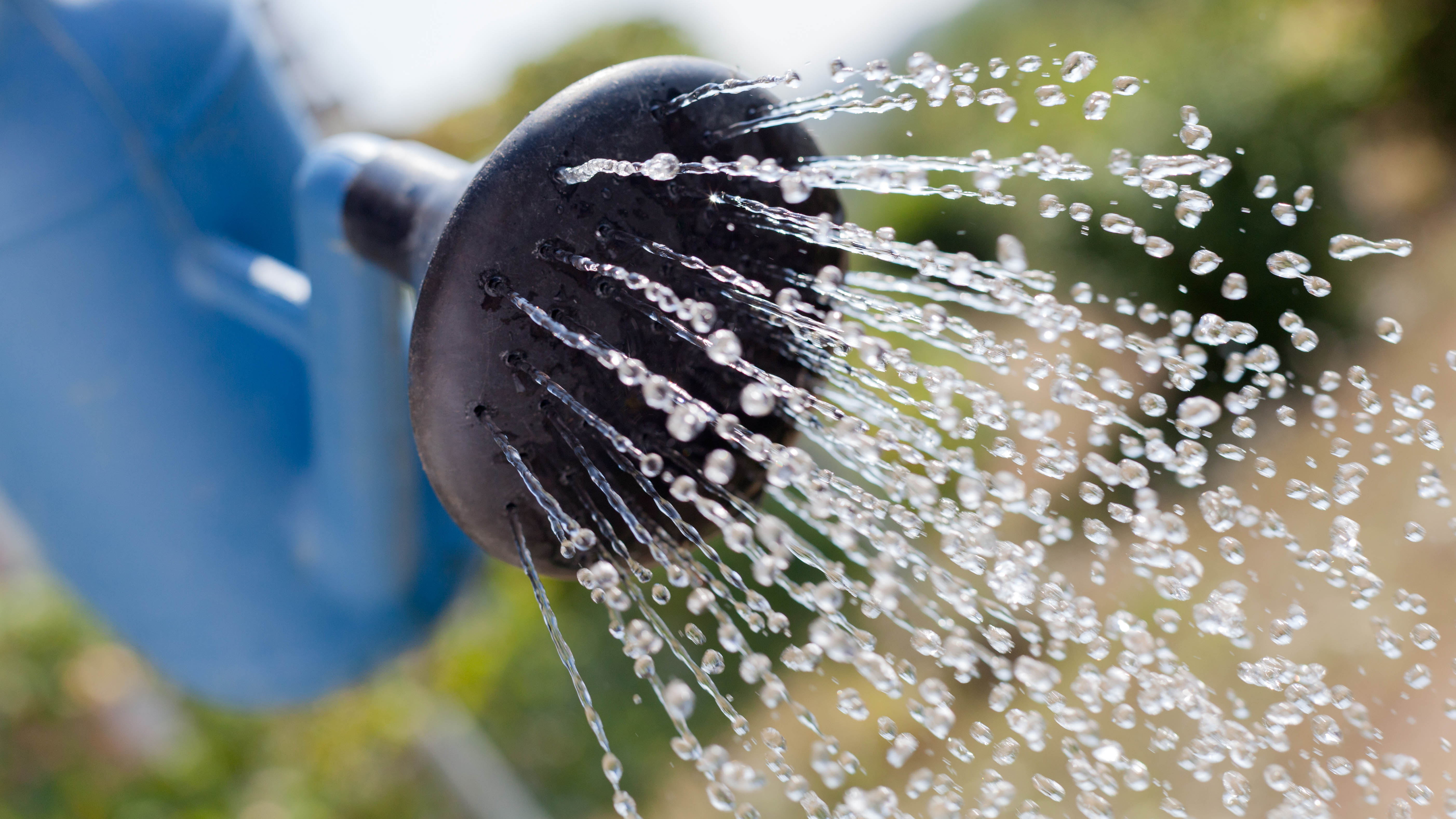
At this stage of gardening, and if you’ve only got a small patch, you might not want to invest in a hose. However, watering your garden is essential to stop your new plants from drying out and dying before you get a chance to enjoy them.
To start, a watering can will suffice. Moniz recommends choosing one with a minimum capacity of 2 gallons, including a removable nozzle. The ‘rose’ will allow you to gently water your plants without plunging them with water.
When choosing a watering can, Moniz says, “Metal watering cans will last longer while plastic ones would be a lightweight option for a beginner.”
I have both options, but my plastic watering can is my favorite as it is lighter. So when buying a watering can, remember it will be heavy once filled to the top!
Top tip
It’s also worth considering what you need to water. If you’ve got hanging baskets , you may need to look for a watering can with a longer spout than if just watering at ground level.
6. Garden fork
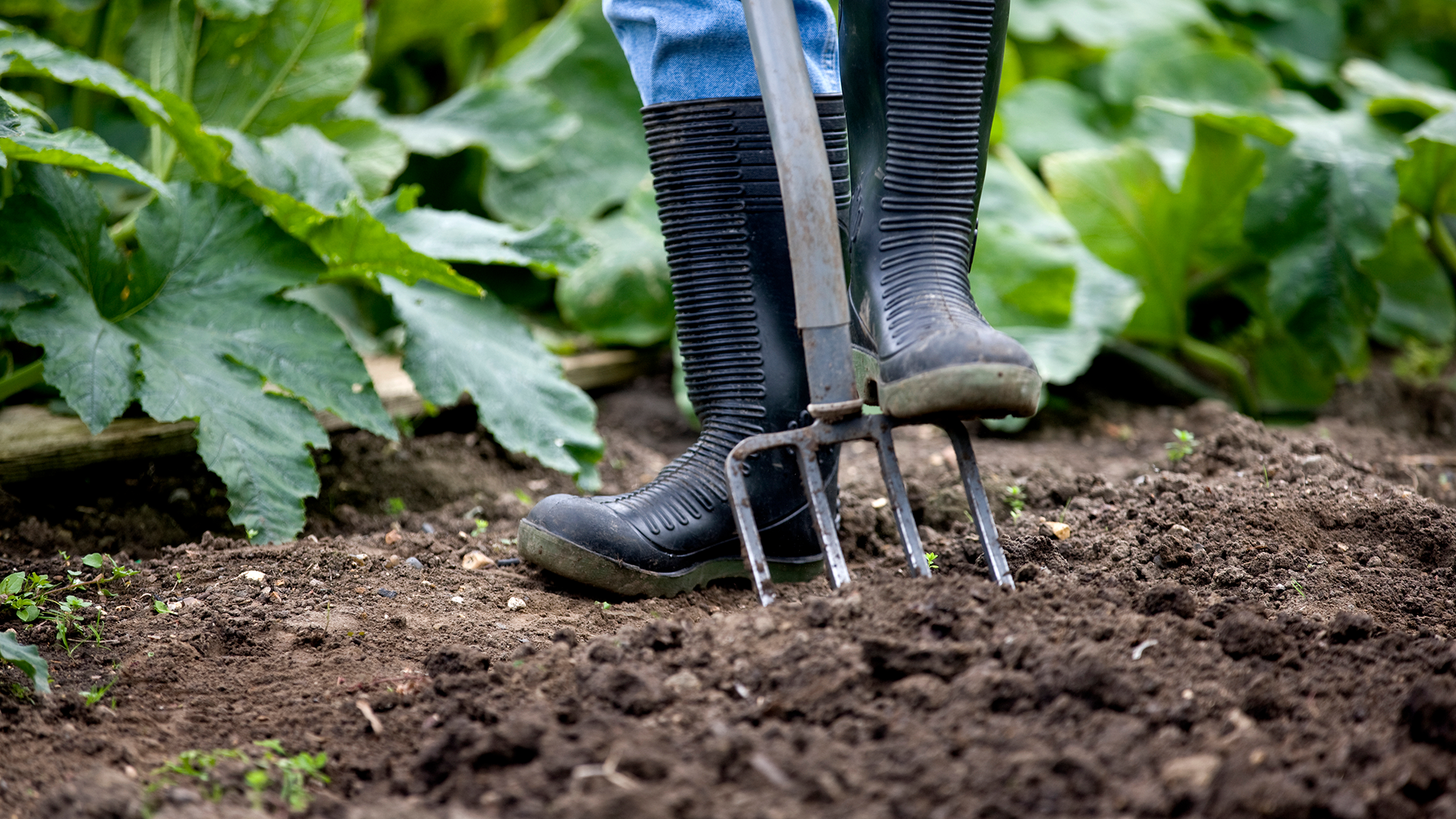
If you’re debating between buying a shovel or a garden fork (also known as a pitchfork), opt for a fork. “A garden fork, specifically a digging fork with four square, sturdy tines, is very useful for loosening compact soil, mixing compost into beds, and, even, harvesting root vegetables like potatoes or carrots,” says Moniz.
The tines on a fork, as opposed to the solid edge of a spade, will allow you to turn over soil without cutting through roots. And while we’d all like to think we’ve got perfect soil, even hardened gardeners who spend hours tending to their beds still need to break up, turn and enrich their soil with compost.
Moniz recommends looking for a pitchfork with forged steel tines and a hardwood or fiberglass handle, which is durable and user-friendly.
A good option is Spear & Jackson's Neverbend Professional Digging Fork, which is $58 at Amazon.
7. Hori hori knife
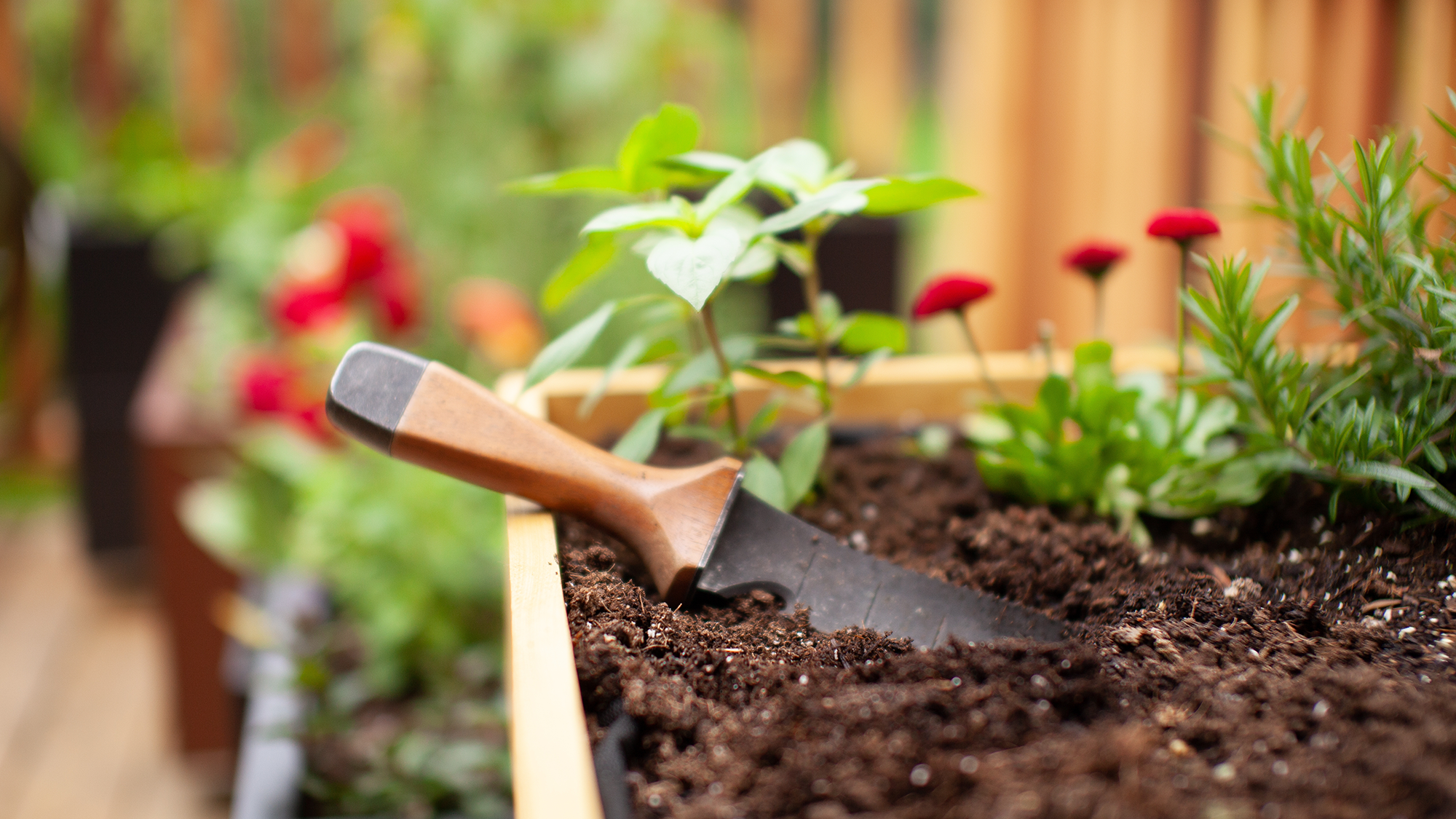
To complete your gardener’s toolkit you can’t go far wrong with this multi-purpose tool with a Japanese design: the hori hori knife. I’ll be reviewing one later this year, and I can’t wait to share how useful I find it.
“It consists of a serrated edge on one side and sharp blade on the other, while the blade also has inch markings for you to see how deep you have planted things,” Moniz explains. “You can dig, weed, cut perennials, twine, and even some soil bags open with it. It is one tool that I use more than any other,” he adds.
Moniz also recommends looking for a hori hori knife in stainless steel, which comes with a sturdy leather sheath — protecting both the blade and your fingers when you’re not using it.







